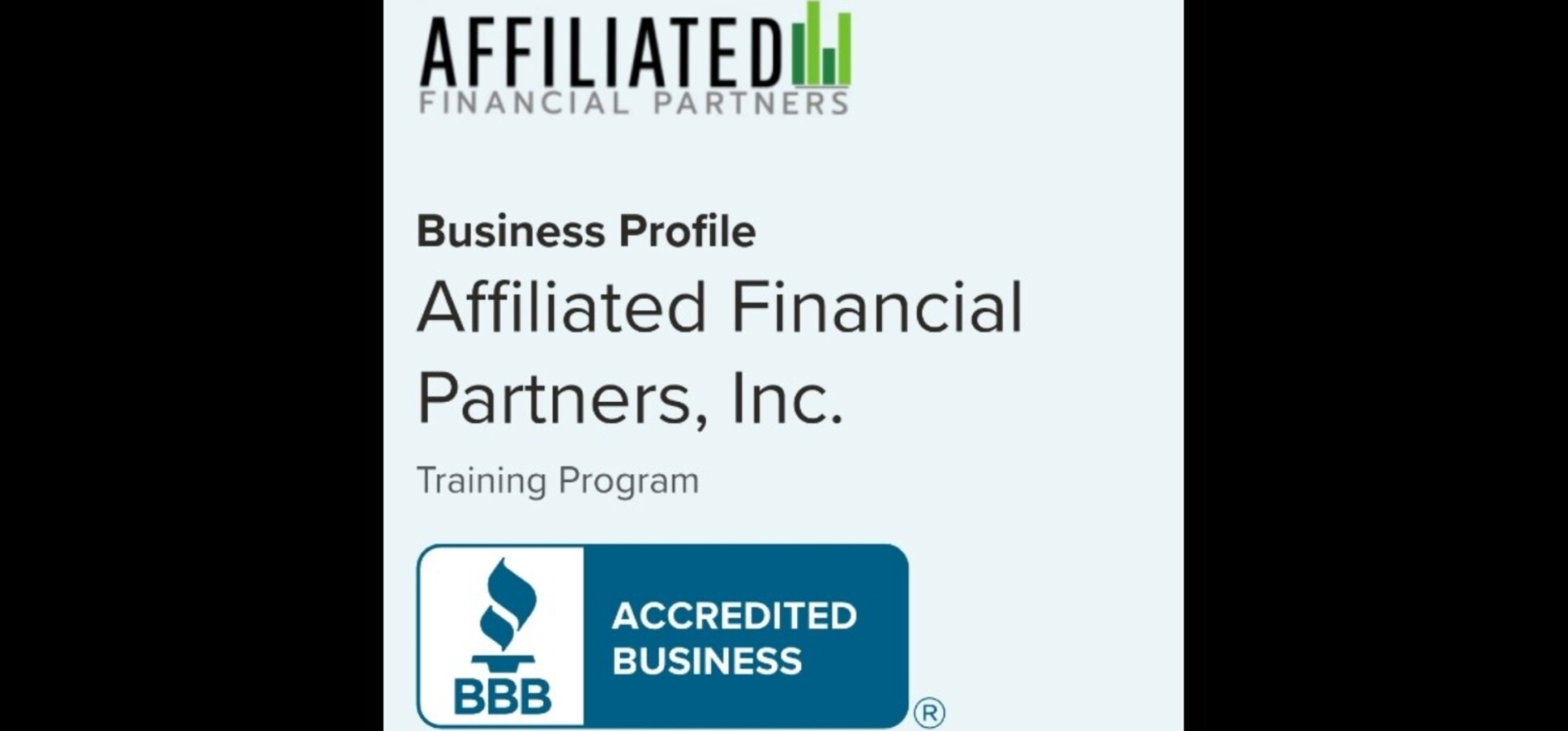
Danny Vesokie | Affiliated Financial Partners
EducationForum Replies Created
-
Danny Vesokie | Affiliated Financial Partners
MemberFebruary 1, 2025 at 3:03 am in reply to: Do you get your property taxes waived if you install solar panels on your houseWhat are some examples of state incentives for solar installations?
-
Danny Vesokie | Affiliated Financial Partners
MemberJanuary 30, 2025 at 11:27 pm in reply to: Headline News for Thursday January 30th 2025Are there actually good gun bills kicking around in Washington state? The answer is yes there are, but unfortunately the majority party wants nothing to do with them. Washington Gun Law President, William Kirk, discusses 3 bills in particular, all of which are actually really good pieces of legislation. But the problem is that the majority party wants nothing to do with them and is working overtime to make sure that these bills never see the light of day. We are truly broken Washington, but you need to arm yourself with education today. Read the bills here. Contact Washington Gun Law If you have any questions about this topic, or anything else related to what’s left of our Second Amendment Rights, remember you can always contact us at: http://www.washington gunlaw.com or call us directly today.
https://youtu.be/yYcMOCdPH5g?si=rkXhdR0OZAzLBFPy
-
This reply was modified 2 months, 2 weeks ago by
 Sapna Sharma.
Sapna Sharma.
-
This reply was modified 2 months, 2 weeks ago by
-
Danny Vesokie | Affiliated Financial Partners
MemberJanuary 30, 2025 at 6:54 pm in reply to: Headline News for Thursday January 30th 2025What’s this moron doing? Chicago Mayor Brandon Johnson seems like he’s headed to the Big House
foxnews.com
Chicago Mayor Brandon Johnson said he never saw the room referred to by the Office of the Inspector General as the "gift room," where luxury gifts were stored.
-
Danny Vesokie | Affiliated Financial Partners
MemberJanuary 29, 2025 at 7:08 am in reply to: Monkey As a House PetFeisty hungry Baby monkey 🐒
-
Danny Vesokie | Affiliated Financial Partners
MemberJanuary 29, 2025 at 1:51 am in reply to: Headline News for Tuesday January 28th 2025Illinois Governor JB Pritzker needs to realize that all states in the United States of America 🇺🇸 need to abide by federal law. Federal law is the law of the land. A governor of a state or a mayor of a city cannot declare their city, county, or state a Sanctuary City or State without violating Federal Law. You cannot harbor illegal migrants especially those with criminal records. Illegal Migrants committed a crime by entering the United States Border illegally. Harboring such individuals is a felony and our citizens should not be subject to such immoral and illegal actions. Any politician and government worker who was sworn to uphold the United States Constitution and breaks that oath should be arrested and face charges.
-
Danny Vesokie | Affiliated Financial Partners
MemberJanuary 28, 2025 at 11:45 pm in reply to: Mortgage and Real Estate News for Tuesday January 28th 2025Home demand has drastically dropped. Only 24% of homebuyers are first time homebuyers. new report from the Wall Street Journal found that US Home Sales in 2024 dropped to their lowest level in 30 years. Indicating a huge decline in homebuyer demand from the pandemic boom. This decline in buyer demand has resulted in a historic slowdown in housing activity. However, home prices across much of the housing market remain high, especially in states like New York, California, and Illinois. Home values are remaining high in these states because of a shortage of inventory. Meanwhile, home prices in housing markets across Texas and Florida have started to drop due to inventory spiking.
One of the interesting things about the reduce homebuyer demand – which was data derived from the National Association of Realtors – is the composition of people buying. In 2024, the median age of a homebuyer for 56 years old, the highest on record. These older homebuyers are wealthier and thus are paying higher prices than the average first-time buyer, which is dragging the median sales price up.https://youtu.be/eWmy-zcNtDc?si=EXoVQ7snXWuqsUN7
-
This reply was modified 2 months, 2 weeks ago by
 Danny Vesokie | Affiliated Financial Partners.
Danny Vesokie | Affiliated Financial Partners.
-
This reply was modified 2 months, 2 weeks ago by
 Sapna Sharma.
Sapna Sharma.
-
This reply was modified 2 months, 2 weeks ago by
-
Danny Vesokie | Affiliated Financial Partners
MemberJanuary 28, 2025 at 6:30 pm in reply to: Headline News for Tuesday January 28th 2025Chicago Mayor Brandon Johnson holds a press conference today as federal Immigration and Custom Enforcement agents storm the city of Chicago looking for illegal migrants. Brandon Johnson needs to watch what he is doing because Border Czar Tom Homan and the Trump Administration is not screwing around. Mayor Brandon Johnson may get his fat ass locked up in jail. His City of Chicago is a Welcoming City is against the law. More on the potential incarceration of Mayor Brandon Johnson. Chicago residents are all for Illegal Migrants getting deported. Due to harboring illegal migrants, Chicago is over one billion in the red.
-
Danny Vesokie | Affiliated Financial Partners
MemberJanuary 27, 2025 at 9:12 pm in reply to: Monkey As a House PetMynu is a baby monkey 🐒 who is very hungry. He cannot wait for his human mother so he sneakily gets into her purse 😍 to grab some money so he can go to the dime shop to buy himself a snack to satisfy his extreme hunger. Watch this video clip on Mynu taking the money from his mom’s purse 👛
-
Danny Vesokie | Affiliated Financial Partners
MemberJanuary 27, 2025 at 7:22 pm in reply to: Headline News for Monday January 27th 2025President Donald Trump is not screwing around folks. Stephen Gardner and Ex CIA Kevin Shipp discuss the JFK and MLK files Trump will release in 45 days. RFK Jr is Trump’s biggest weapon to the deep state. All republicans must work together to defeat democrats and get Trump his preferred government.
Kevin Shipp – Former CIA officer and Espionage investigator and author of Twilight of the Shadow Government: How Transparency Will Kill the Deep State
President Trump has just revoked the security clearance of John Brennan, former director of the CIA as well as the other 50 that lied about the Hunter Biden laptop. Was this the right move and wasn’t Antony Blinkin behind this conspiracy to throw the american public off the scent of the Biden family?
John Brennan said on MSNBC that he and the other never lied. They just warned that it could be russian information to mislead. But from all I’ve read this was an active campaign to deceive and Michael Morell and Gina Haspel of the CIA signed off on the public messaging.
Everyone seems excited about President Trump releasing information about JFK, RFK and Martin Luther King MLK. What do you think we will learn in those files?
Why did Mike Pompeo strongly work to block Trump from releasing those files and as president do you think he is fully aware of what happened to JFK and MLK?
I’ve noticed no one is really talking about the mystery drones over new jersey now that Trump is in office. He promised to find out what they were and tell the public. Do you think those were a government operation?
Is it true the CIA has a black budget off the books that is double or triple what congress gives?

